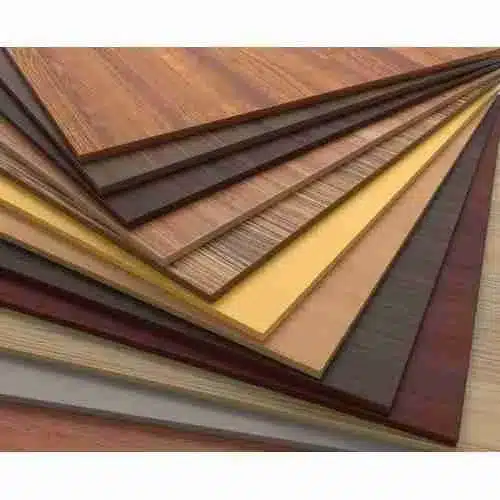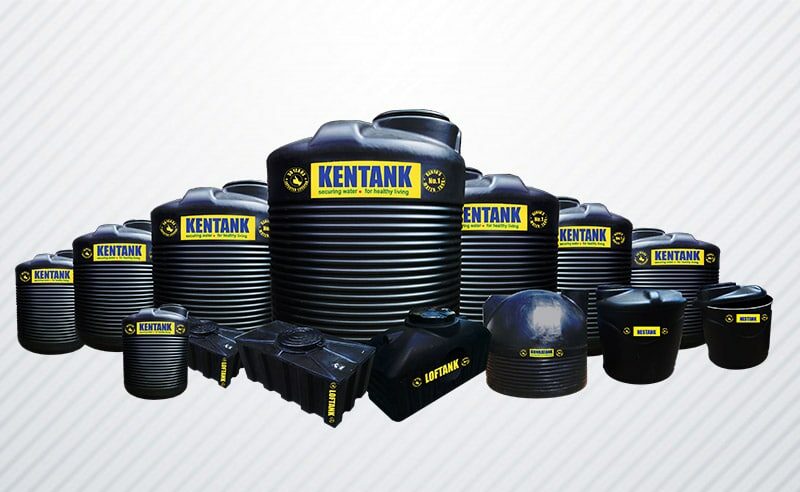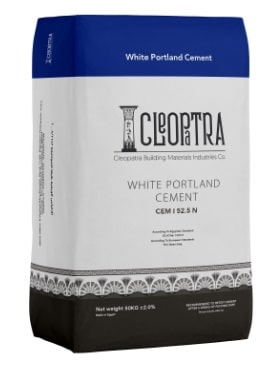KENYA BUILDERS WHOLESALE
Kenya’s Builders: Architects of Modernity
Kenya, a nation rich in history and culture, has witnessed a remarkable transformation in recent decades. At the heart of this development lies the invaluable contribution of its builders – architects, engineers, and construction workers who have shaped the country’s urban landscape and infrastructure. These individuals, often unsung heroes, have played a pivotal role in Kenya’s modernization and economic growth.
Kenya’s builders, a diverse group encompassing architects, engineers, construction workers, and artisans, play a pivotal role in shaping the nation’s physical landscape. Their work extends far beyond mere structures; it is a testament to the country’s ingenuity, resilience, and aspirations for progress. From towering skyscrapers to humble homes, their creations define the Kenyan skyline and contribute significantly to the country’s economic development.
Architects, the visionaries behind Kenya’s built environment, are responsible for designing structures that are both functional and aesthetically pleasing. They collaborate with engineers, contractors, and other professionals to ensure that their designs are feasible, safe, and sustainable. Kenyan architects have demonstrated their ability to blend traditional architectural elements with modern design principles, creating unique and culturally relevant structures. The Nairobi National Museum, for example, is a striking example of how architects can incorporate local materials and motifs into contemporary design.
Engineers, another essential component of Kenya’s construction industry, provide the technical expertise necessary to bring architectural designs to life. Civil engineers oversee the planning and construction of infrastructure projects, such as roads, bridges, and dams. Structural engineers ensure the stability and safety of buildings, while mechanical and electrical engineers design and install the systems that power and operate them. Kenyan engineers have played a crucial role in the development of the country’s infrastructure, enabling economic growth and improving the quality of life for its citizens.
Construction workers, often overlooked but essential to the building process, form the backbone of Kenya’s construction industry. They possess the skills and physical labor required to construct buildings, roads, and other infrastructure projects. Their hard work and dedication are essential for ensuring that projects are completed on time and within budget. Kenyan construction workers have demonstrated their resilience and adaptability, working under challenging conditions to contribute to the country’s development.
Artisans, such as masons, carpenters, and electricians, also play a vital role in Kenya’s construction industry. Their specialized skills are essential for creating the intricate details and finishes that give buildings their character. Kenyan artisans have a long tradition of craftsmanship, and their work continues to be highly valued in the modern construction industry.
The work of Kenya’s builders has had a profound impact on the country’s economic development. Construction projects create jobs and stimulate economic activity in related industries, such as manufacturing, transportation, and retail. The development of new infrastructure, such as roads and railways, also improves connectivity and facilitates trade. Moreover, the construction of affordable housing helps to address the country’s housing shortage and improve the living standards of its citizens.
However, the construction industry in Kenya faces several challenges. One of the most significant challenges is the lack of skilled labor. Despite the growing demand for construction professionals, there is a shortage of qualified individuals. This has led to a reliance on foreign workers, which can be costly and unsustainable. To address this issue, the government and industry stakeholders need to invest in vocational training and education to develop a skilled workforce.
Another challenge facing Kenya’s construction industry is the high cost of building materials. The rising cost of cement, steel, and other materials can increase the cost of construction projects and make it difficult for developers to build affordable housing. The government can address this issue by promoting the use of locally sourced materials and implementing policies that encourage competition in the building materials market.
Despite these challenges, Kenya’s builders remain optimistic about the future of the construction industry. The country’s growing population and urbanization are driving demand for new housing, infrastructure, and commercial spaces. With the right investments in education, training, and infrastructure, Kenya can continue to develop a vibrant and sustainable construction industry.
Architects, the visionaries behind Kenya’s architectural marvels, have designed structures that not only serve functional purposes but also reflect the nation’s cultural heritage and aspirations. From the iconic Kenyatta International Convention Centre (KICC) to the modern skyscrapers that adorn Nairobi’s skyline, architects have pushed the boundaries of design and innovation. Their work has not only enhanced the aesthetic appeal of Kenyan cities but has also created spaces that inspire and stimulate creativity.
Engineers, the technical experts who bring architects’ visions to life, have played a crucial role in the development of Kenya’s infrastructure. Their expertise has been instrumental in the construction of roads, bridges, railways, and other essential facilities that have improved connectivity and facilitated economic activity. Engineers have also contributed to the development of sustainable and resilient infrastructure, ensuring that Kenya can withstand the challenges posed by climate change and rapid urbanization.
Construction workers, the unsung heroes of the building industry, form the backbone of Kenya’s construction sector. Their tireless efforts and dedication are essential for the successful completion of any project, from small-scale renovations to large-scale infrastructure developments. Despite facing challenging working conditions, construction workers have consistently demonstrated their commitment to their craft and their contribution to Kenya’s progress.
The contributions of Kenya’s builders extend beyond the physical construction of buildings and infrastructure. They have also played a vital role in driving economic growth and creating employment opportunities. The construction industry is a major employer in Kenya, providing livelihoods for countless individuals and families. Moreover, the development of new infrastructure has spurred economic activity in various sectors, such as tourism, manufacturing, and retail.
However, the challenges facing Kenya’s builders are significant. The construction industry is often plagued by corruption, delays, and quality issues. These challenges can hinder development and undermine public trust in the government. To address these problems, it is essential to strengthen regulatory frameworks, improve transparency, and invest in capacity-building initiatives for construction professionals.
In addition to the challenges, there are also opportunities for growth and innovation in Kenya’s construction sector. The country’s rapidly growing population and urbanization present significant demand for new housing, infrastructure, and commercial spaces. By embracing sustainable and green building practices, Kenya can create more environmentally friendly and resilient cities. Furthermore, the adoption of advanced technologies, such as Building Information Modeling (BIM), can improve efficiency and reduce costs in the construction process.
In conclusion, Kenya’s builders have played a vital role in shaping the nation’s modern landscape. Their contributions to architecture, engineering, and construction have not only transformed cities and towns but have also driven economic growth and improved the quality of life for millions of Kenyans. By addressing the challenges and seizing the opportunities, Kenya can continue to build a prosperous and sustainable future.






